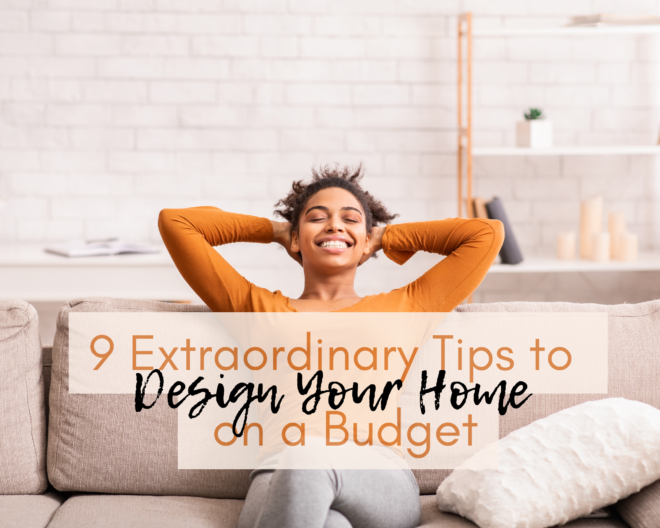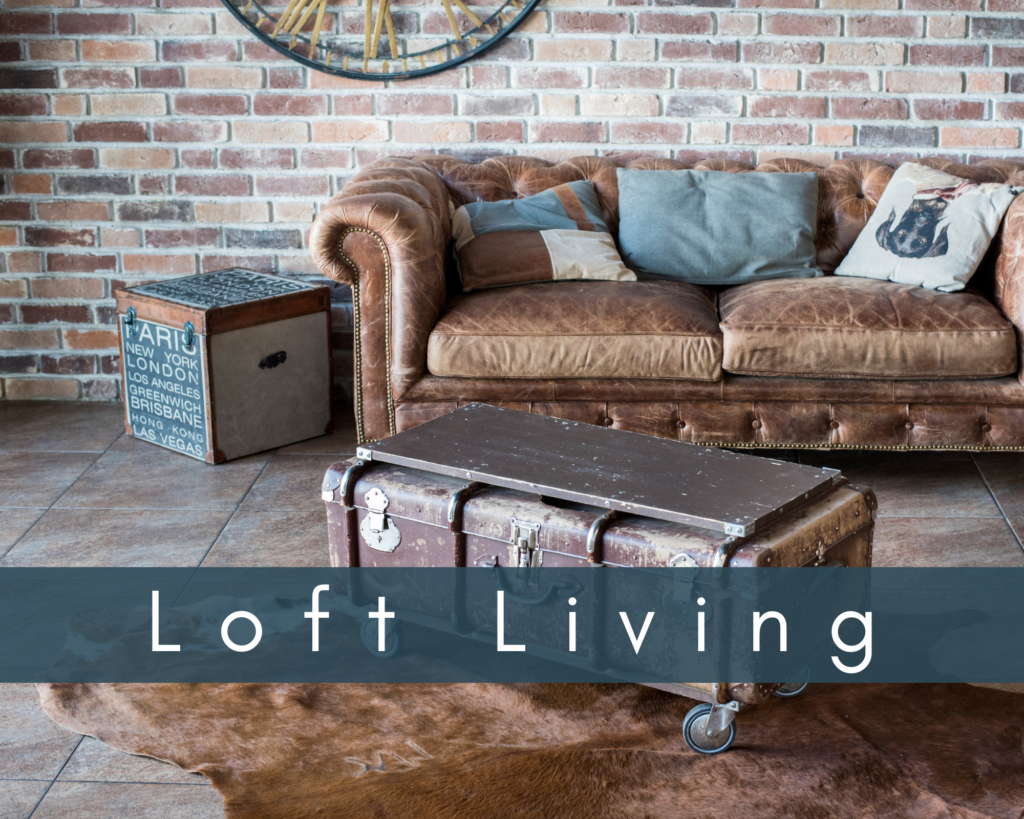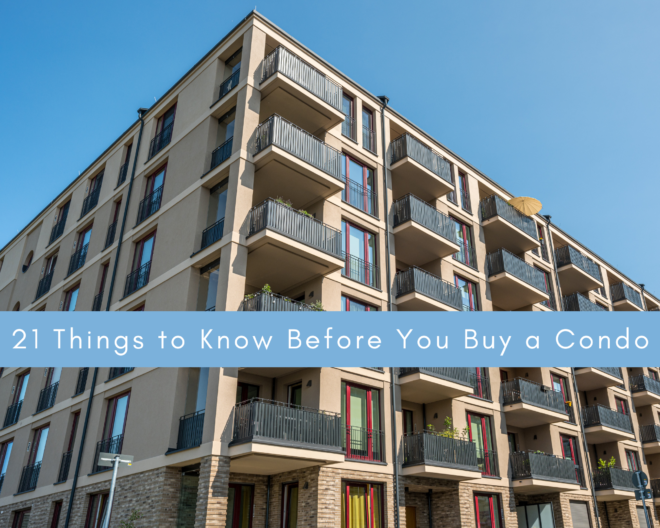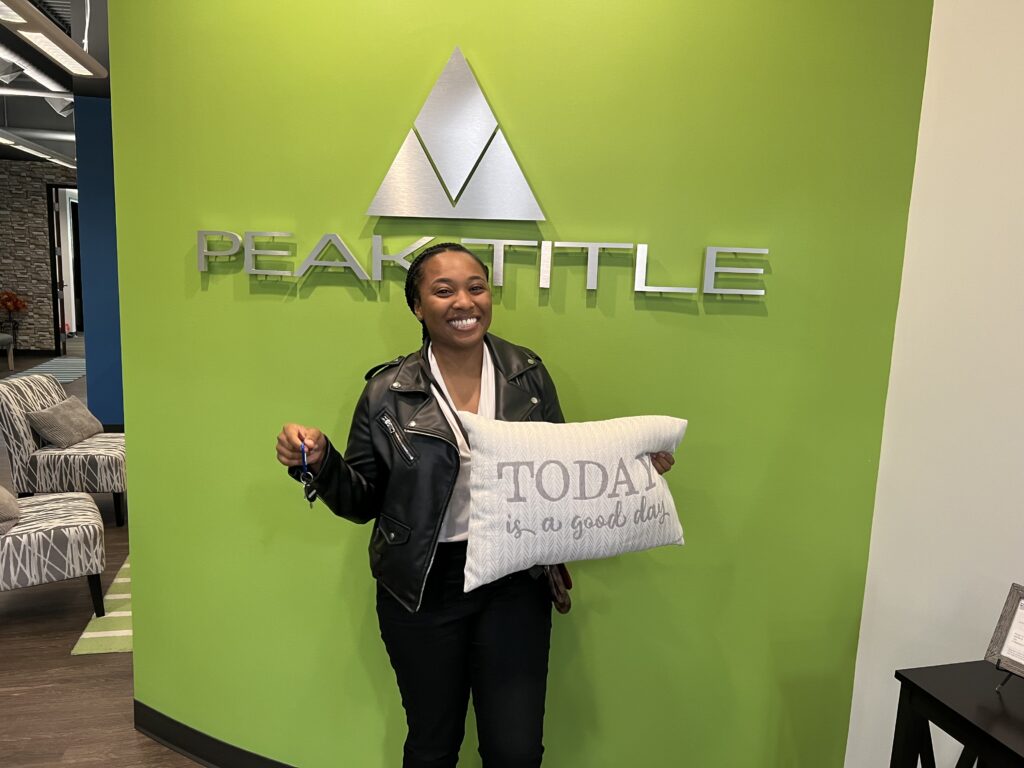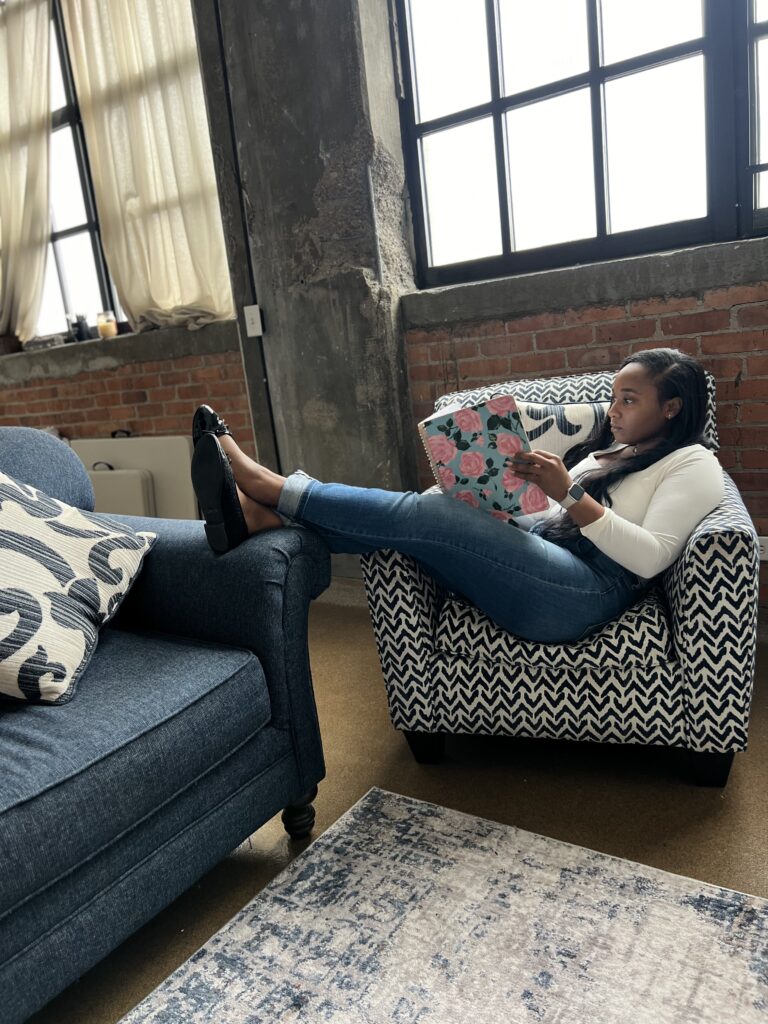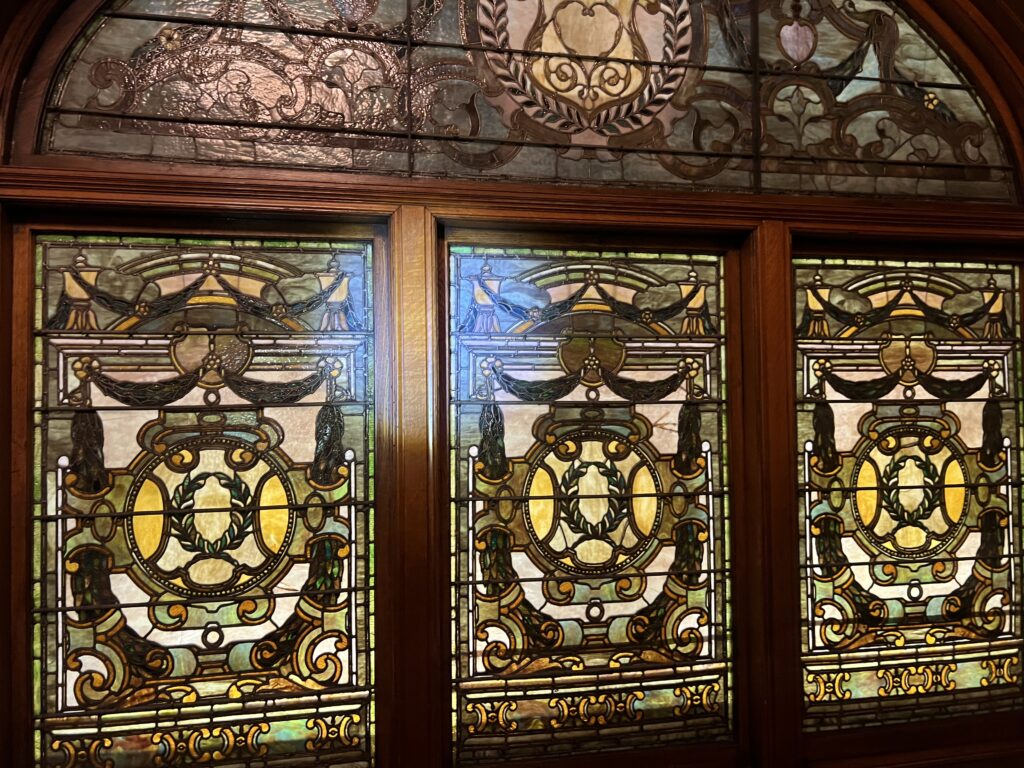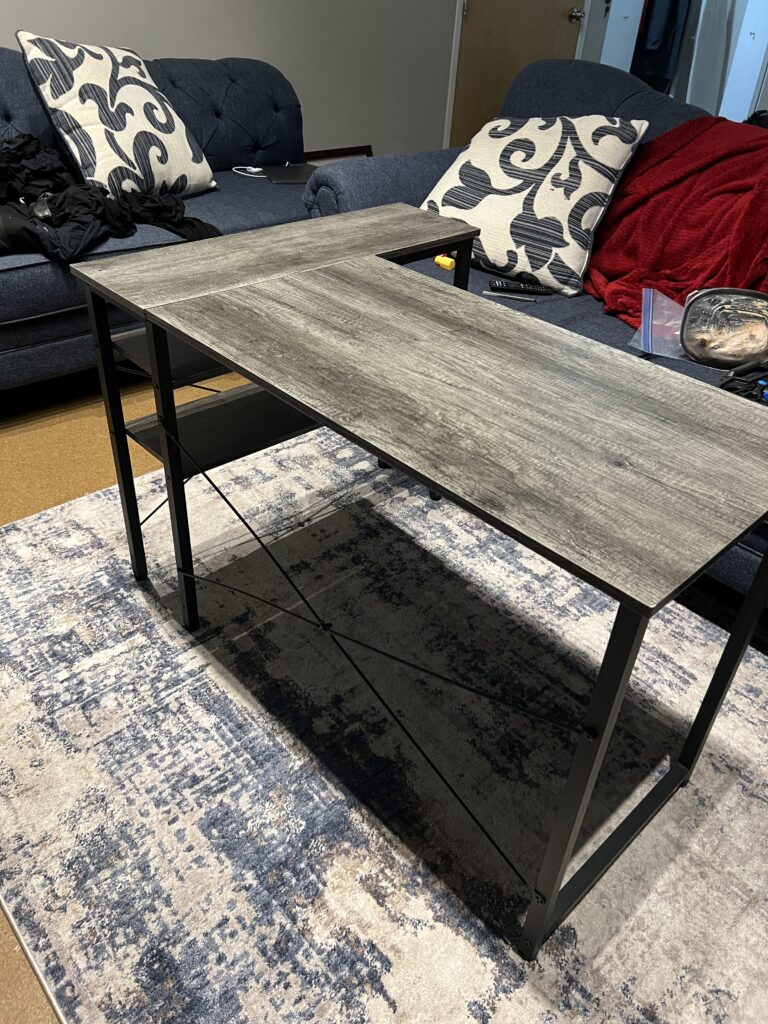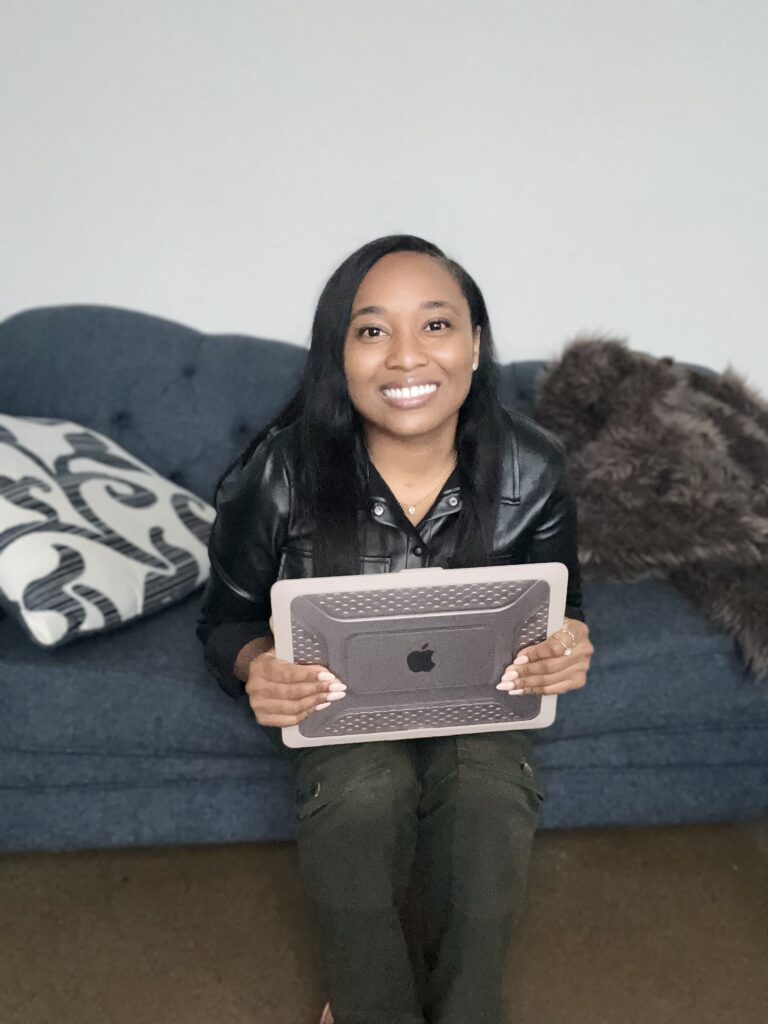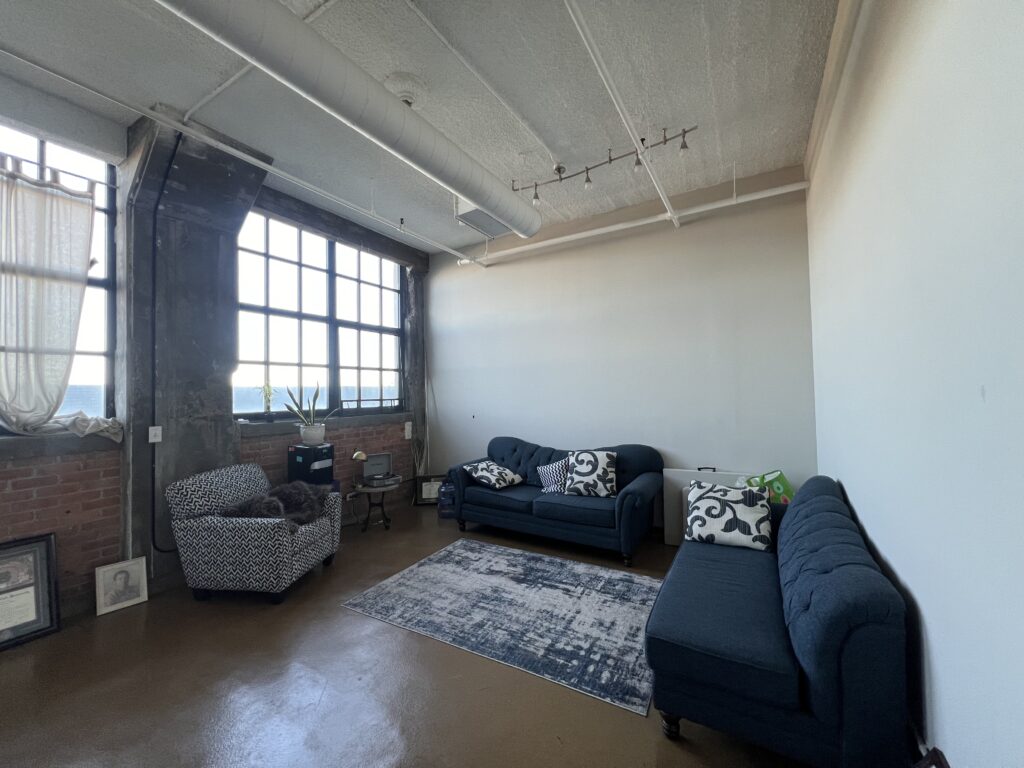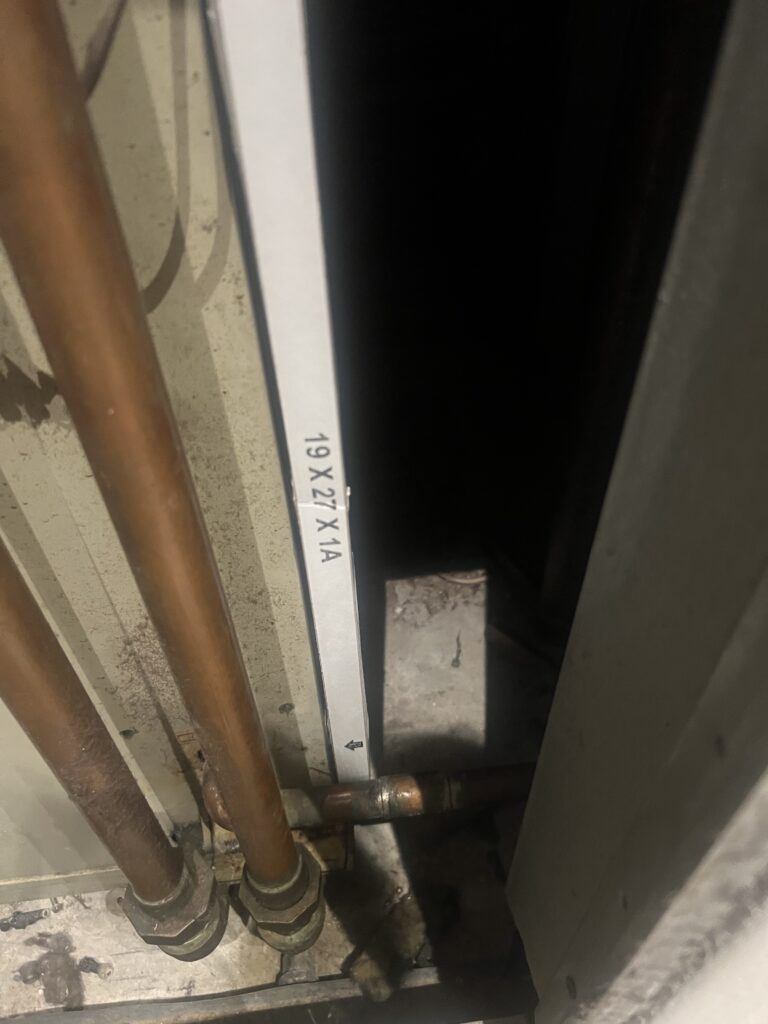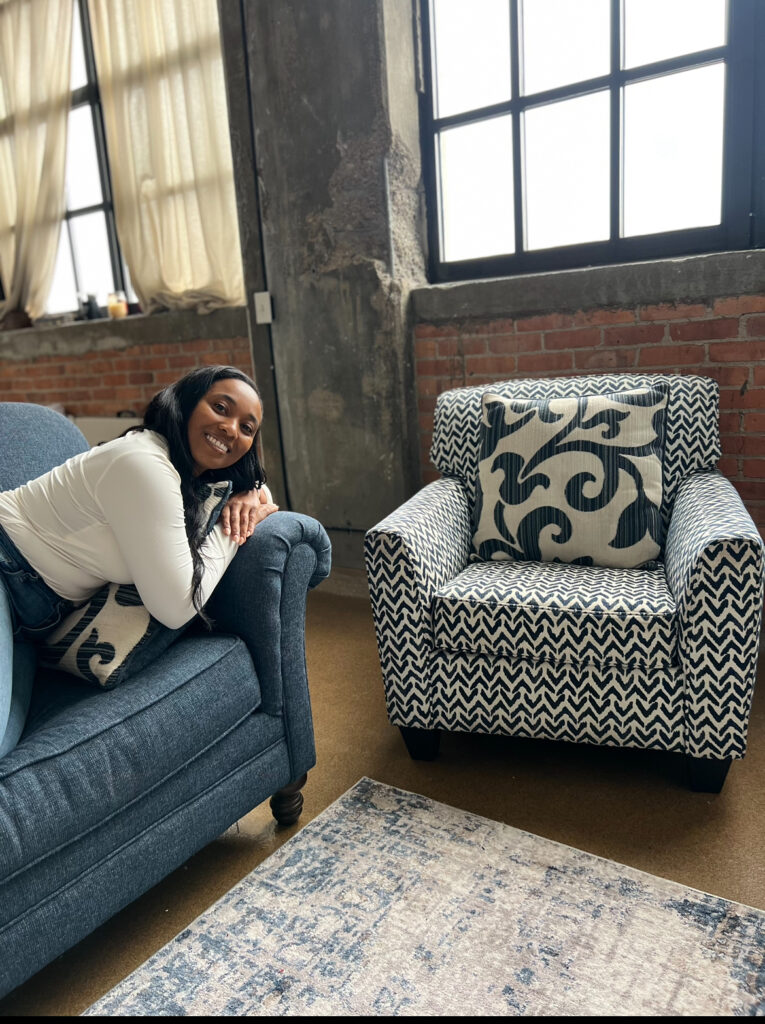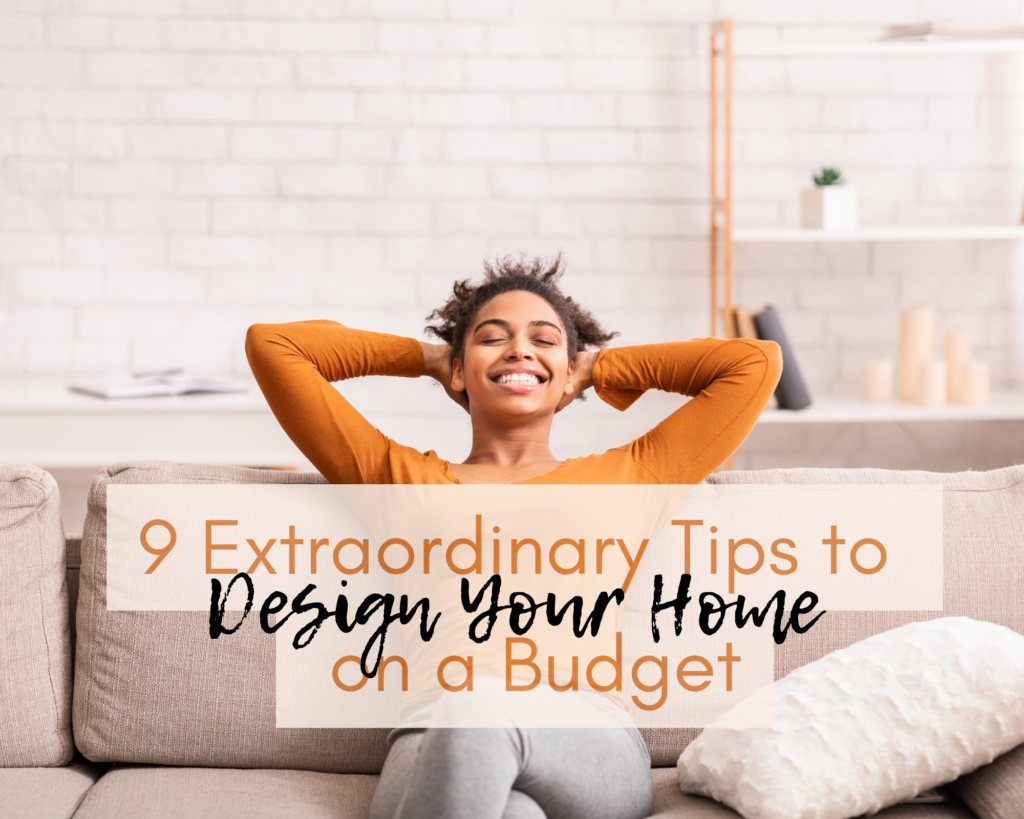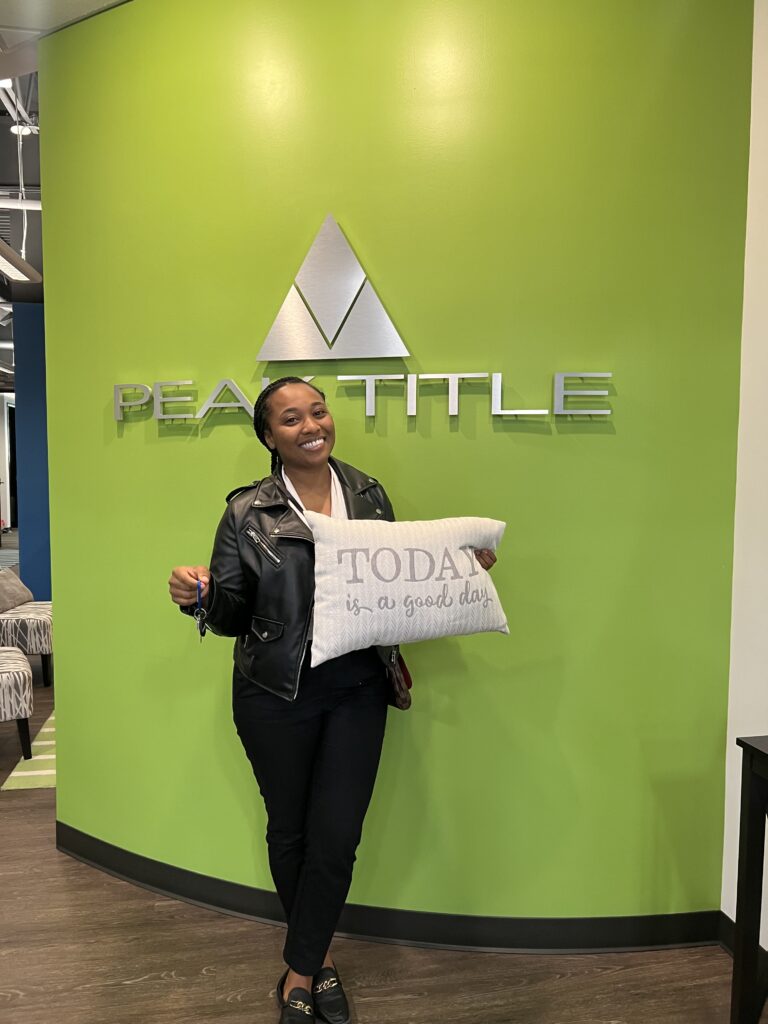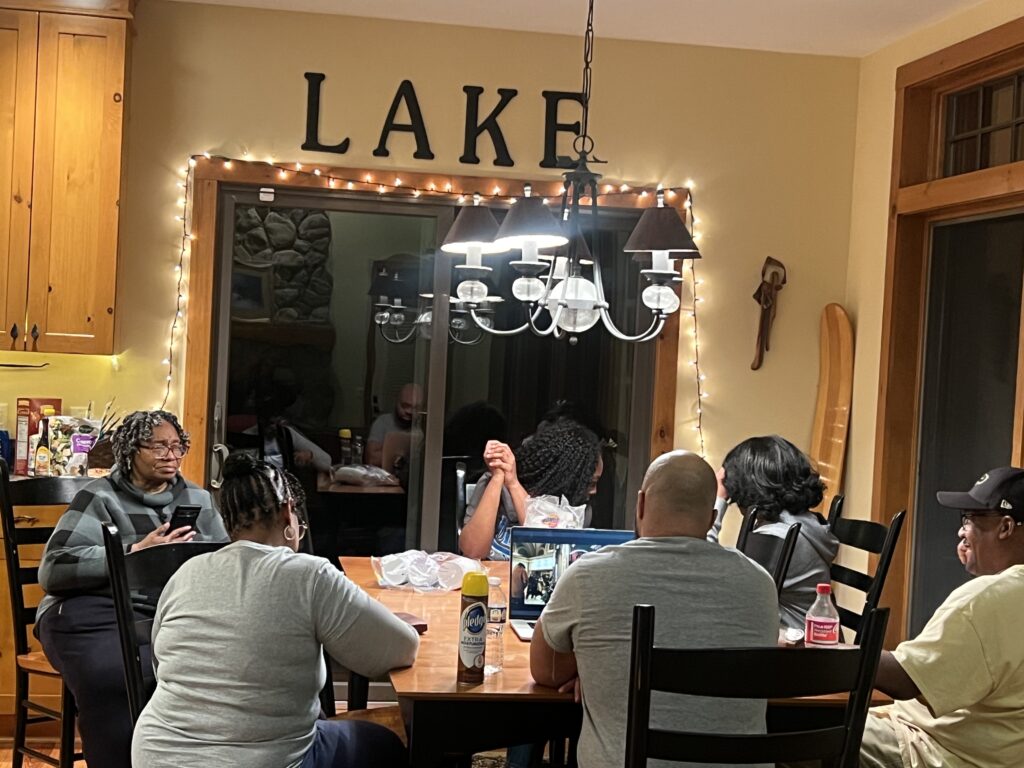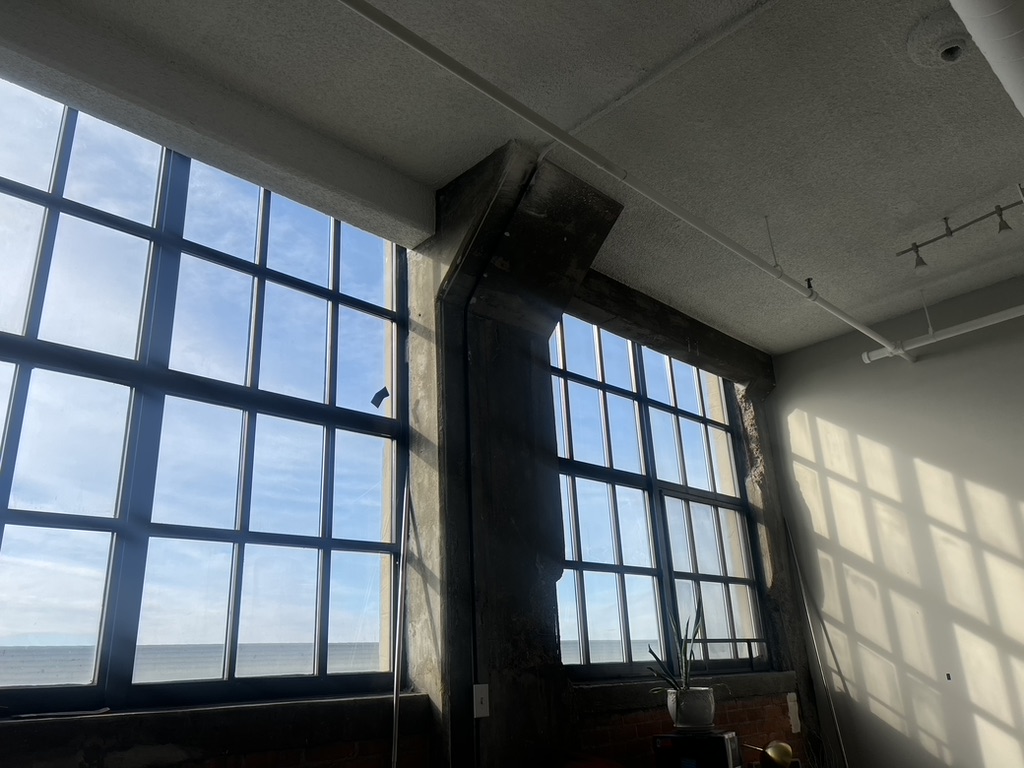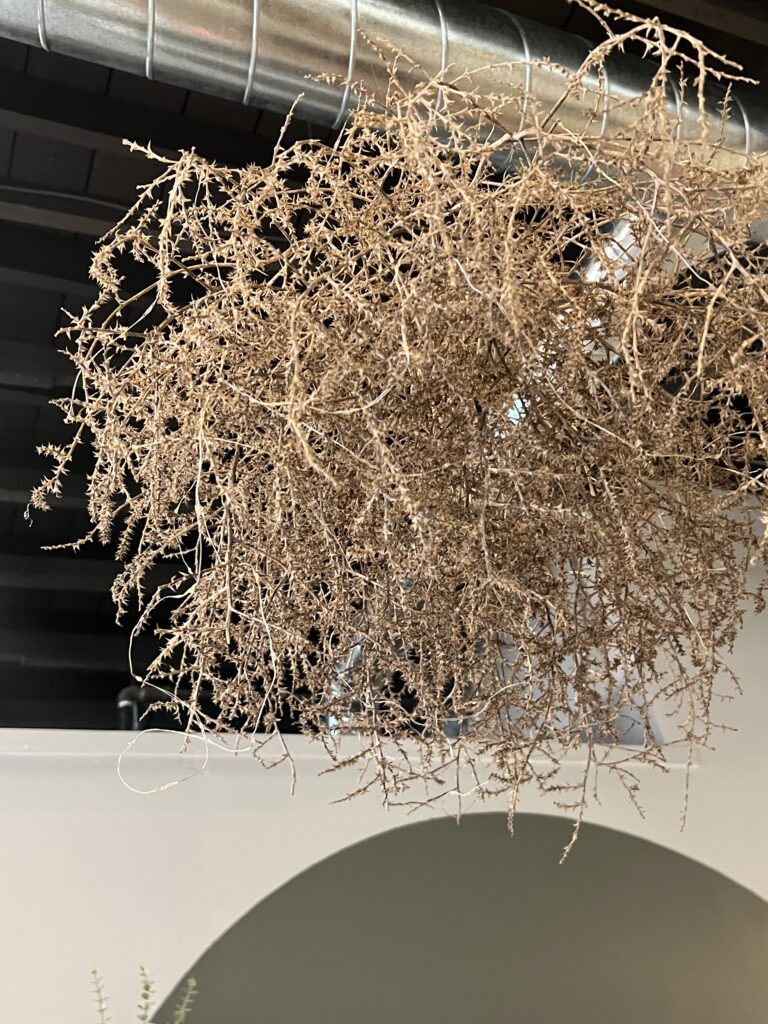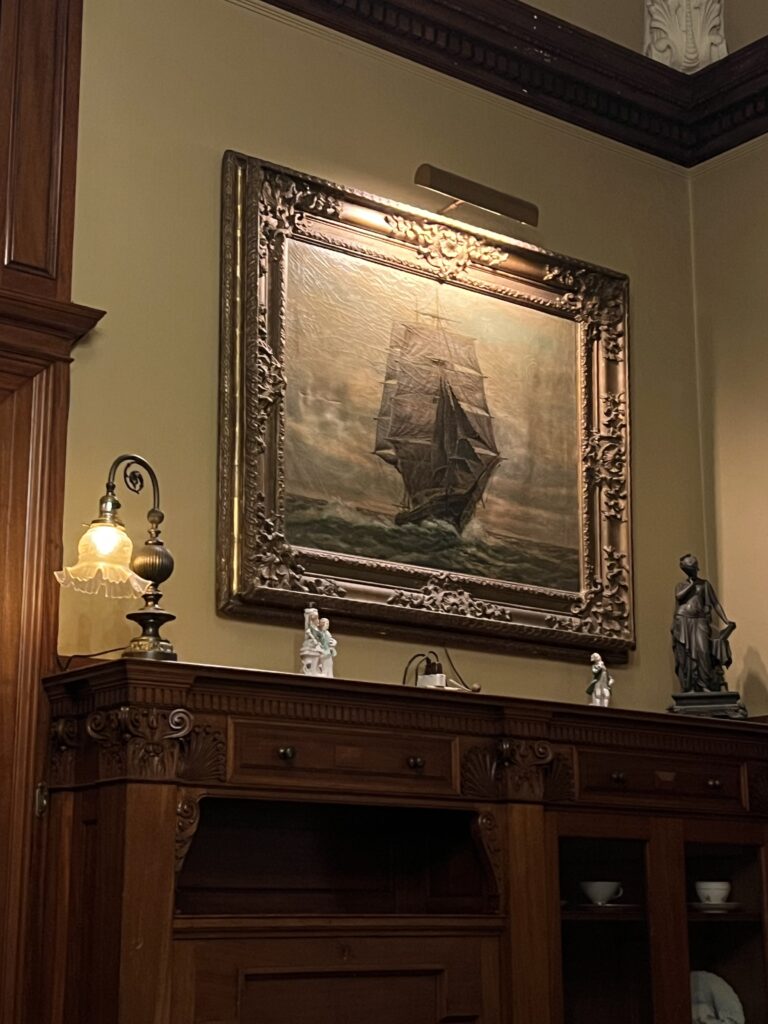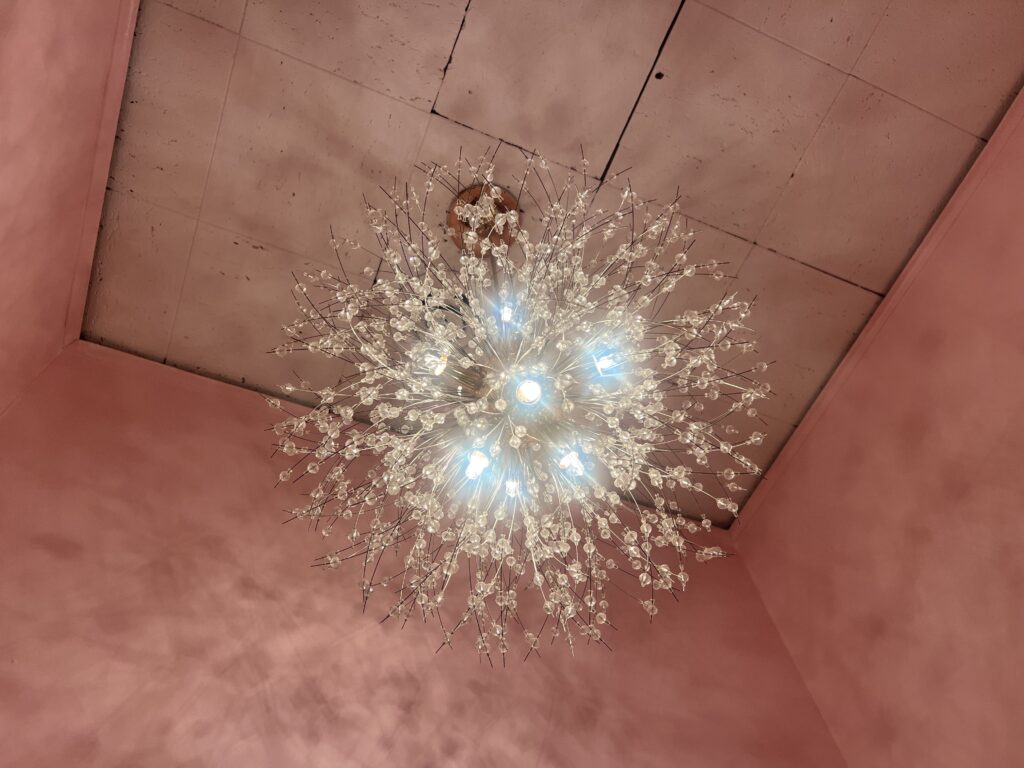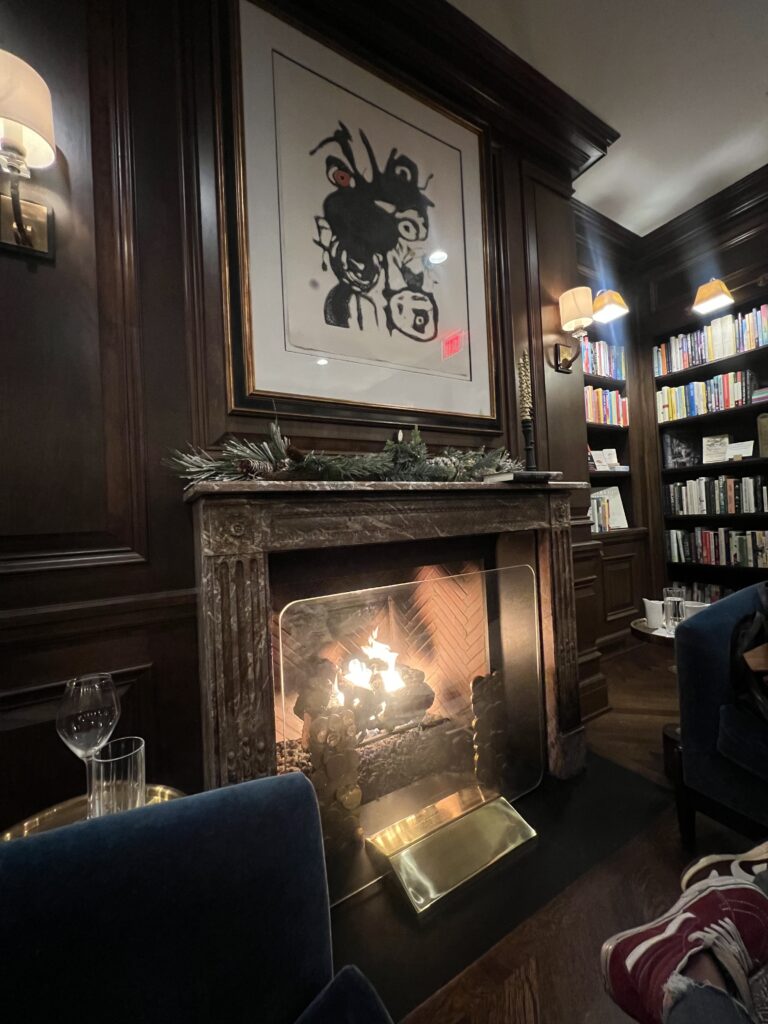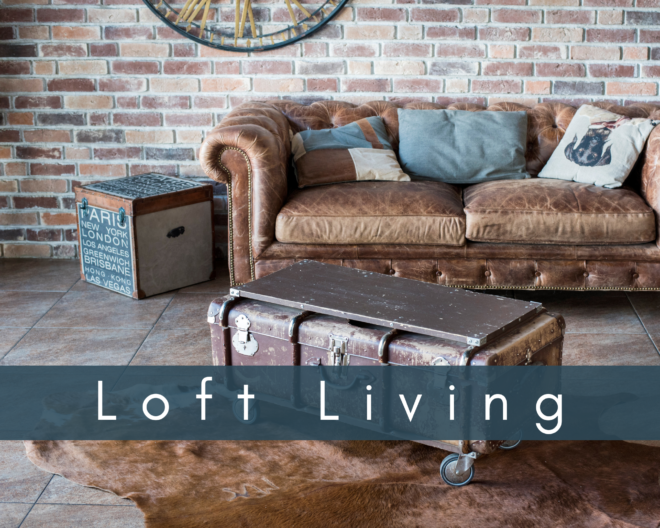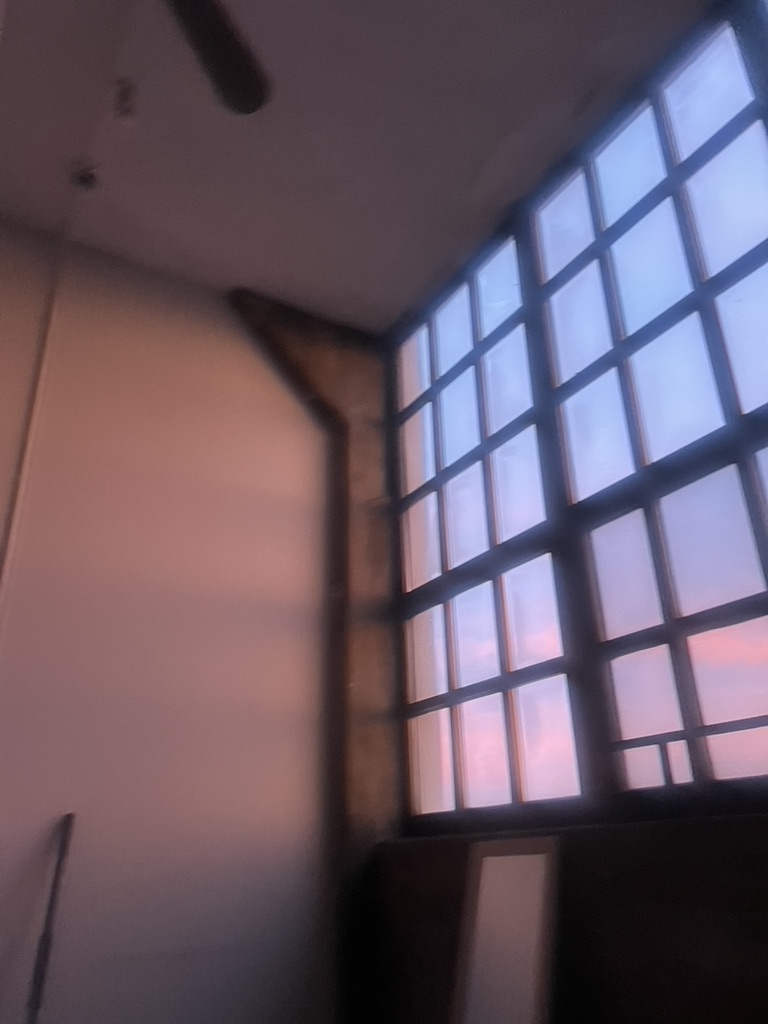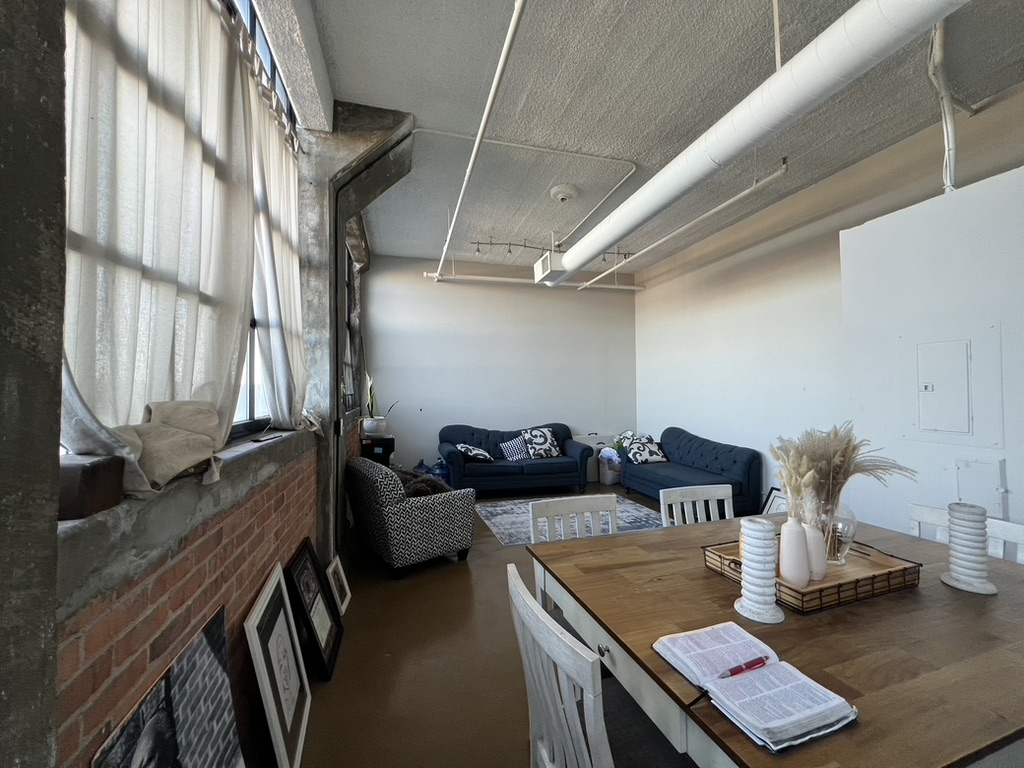Do you need to know how to design on a budget?
Well, look no further for your answer on how to design on a budget. If you are soon to embark on a design journey and your purse strings are tight, you can still design your home to be the oasis that you desire.
I started to design my home when I was strapped for cash and working two jobs. I decided to do it because I knew that I needed to do something that would bless me continuously, and that was for me especially as many of my days had been challenging.
Through this experience, I have learned some tips and tricks to help you stay within budget on your design journey.
This post is all about 9 Insanely good tips on How to design on a budget.
Background
I decided that I would design the interior of my home when I was strapped for cash. Every penny was already accounted for two weeks in advance. While I have always been good with money, the tide changed and my finances started to close in on me. However, I needed this creative and intellectual outlet to heal from trauma and burnout.
So, I decided that I owed it to myself to ensure that the space that I occupied was beautiful, enjoyable, functional, and sustainable. Sometimes in life, we put off the things we enjoy and the things that make us glad because we are waiting on money to experience fullness. I encourage you to find creative ways to pursue your dream life in a way that will not break the bank. That you may experience the glory of self-love before you make the money you desire.
The 9 Best Ways How to Design on a Budget
Know Your Why
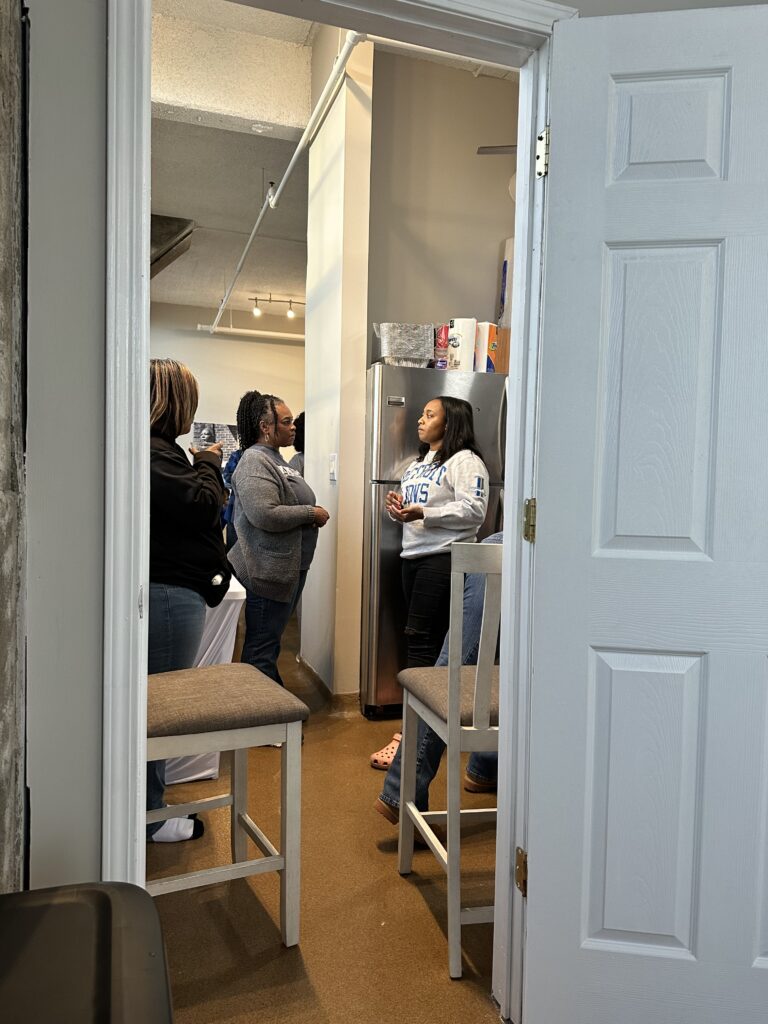
Knowing the purpose of your design is an anchor. This will help you to assess how far you need to go financially with your design project. For example, if you are renting out your home, you may want to ensure that all the basics are covered and that there is a neutral palette for renters to work with. Whereas, if you are moving your in-laws in, it may be worthwhile to incorporate more time and consideration into your design project. Consider the purpose for embarking on this design journey and you will be able to understand better the capacity and scope of your project and the implications on your finances it has.
Break it into Smaller Pieces
Don’t try to redo your entire home all at once. If you are on a budget you can break your design project up into smaller pieces by room or task. Dividing this project up will help it feel much more manageable financially. Looking at the expense of an entire home redesign is much different than assessing the cost of your home office space.
Consider your why and determine the tasks or room that would be most central to that purpose. For example, if you are planning to invite a new baby into your home updating the kitchen may be important but not as central as updating the guest room into the nursery. If you plan to entertain this holiday season, it may be your priority to focus on your common spaces like the living room and bathroom as opposed to your bedroom. Knowing your why will help you to determine what to prioritize first.
Save
Another amazing hack is to simply save for your home’s redesign. You can do this by pricing out what it will cost to design your home the way you’d like. Purchasing appliances and other items upfront as opposed to financing them with debt. However, that requires that you have cash upfront. Take some time to price out your expenses for your design project. That way you can start to set aside money to cover the cost upfront to make the purchases more affordable. It also may be helpful to target the higher ticket items like planning or any contract remodeling that will need to be completed.
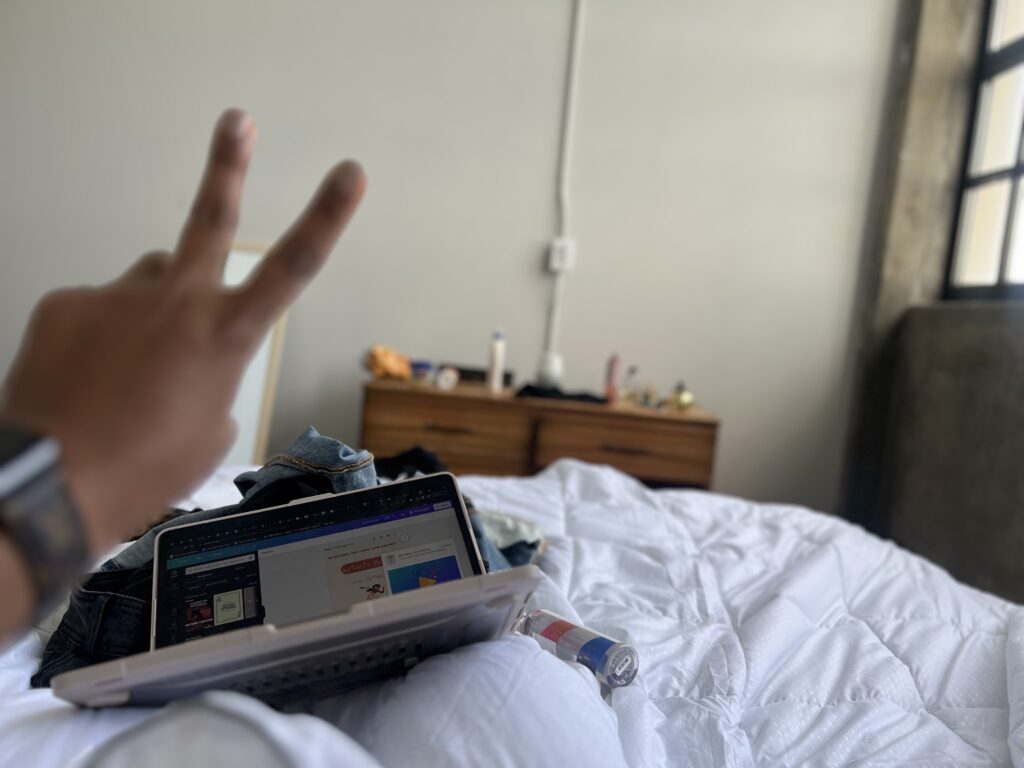
Repurpose/ Reuse Items
Inventory items that you have already and consider how they can be repurposed. For example, I have an old dresser that has been passed down through my family. While the tattered old dresser has been used to keep folded clothes, I can use this as a runner, tv stand, storage, or desk. I plan to sand and paint this piece of furniture to match the new decor scheme of my house. Taking on this DIY project is much less costly than it would be to purchase a new piece of furniture. Finding ways to repurpose or improve the items you already have can save you money.
By Cheaper
Instead of purchasing the most expensive furnishings, fixtures, etc. from high-end luxury stores, look for similar quality but less expensive buys. It may be helpful to make a list of the dream items you are interested in purchasing and find comparable alternatives that are less expensive. This way, you can achieve an identical look while having thought through cost-effective alternatives.
Learn Skills Instead of Outsourcing
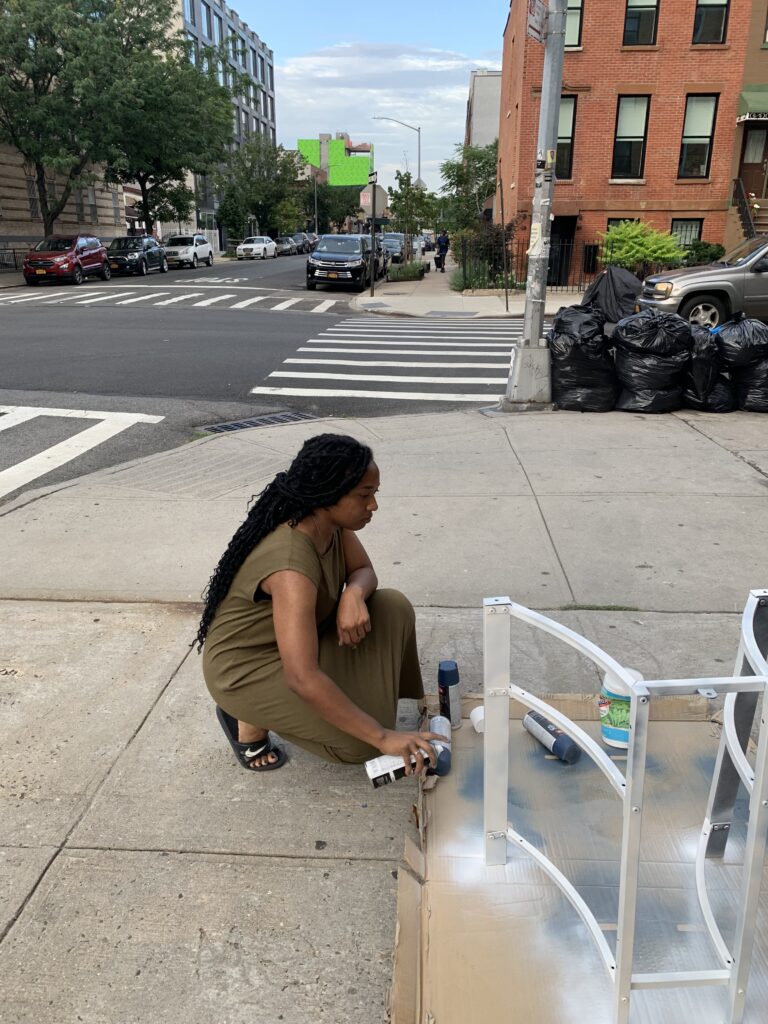
Having your home painted, or having your curtains hemmed could get expensive, but you could learn these skills to reduce cost. However, the exchange you are making is to spend more of your time learning a new skill to do the work yourself. This is a great way to cut costs. Some things should be done by a professional while others can be DIYed. Consider the task you need to complete in order to achieve your interior design goal. Use resources like YouTube and Coursera to develop the skills for the tasks you can complete on your own.
Prioritize Designing in Your Budget
{Related Article: 19 Questions to Ask Yourself to Find Your Design Aesthetic}
It is also beneficial to prioritize designing in your budget. That means you may have to rank this project above your entertainment, discretionary, fashion, and other non-essential expenditures for a period. Take some time to review your budget and determine where you can redirect money for the time being. For example, the $150 you dedicated to eating out each month may have to go toward the purchase of the new rug you have been obsessing over.
Bargains Hunting
This is an important skill that I learned as a youngin’ shopping alongside my mom. Finding the bargain is essential to saving money and ensuring that you are getting value. You can bargain hunt by checking out discount stores, shopping online, purchasing at garage sales, and consignment shops. Taking the time to find deals is huge when you are on a budget. You may also find it advantageous to plan around seasonal holidays that come along with big sales like after Christmas and Black Friday. You could also consider if there are any stores that are closing near you. This is an excellent way to find items at a discounted rate.
Second-Hand Purchasing
Finally, purchasing gently used items is another way you can save during your redesign project. Visit sites like Facebook Marketplace and Poshmark to search for resale items that could suit your design scheme. Another great resource is to check in with friends and family. Simply sharing about your design project, color scheme, and concept may prompt them to share some of the items they’ve had tucked away for some time. When purchasing second-hand items be sure to inspect the product well to ensure its stability and longevity.
21 Things to Consider Before you Buy your Loft
What are the most essential questions to ask yourself before buying a loft? Have you…
19 Questions to Ask Yourself to Find Your Design Aesthetic
Do you know the 19 most essential questions to ask to find your design aesthetic?…
10 Reasons Why Loft Living is a Yes
Do you want to know why loft living is an absolute yes? Why loft living?…
